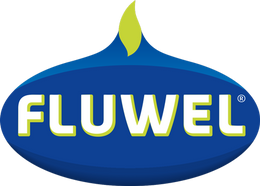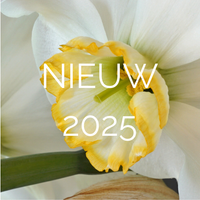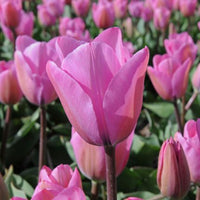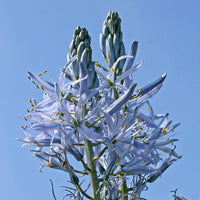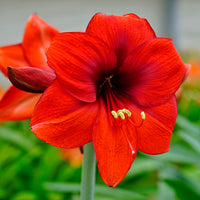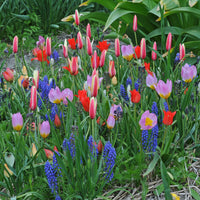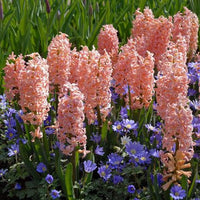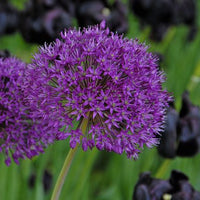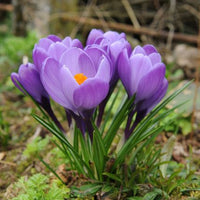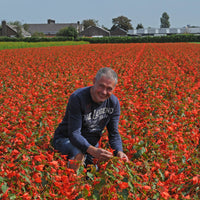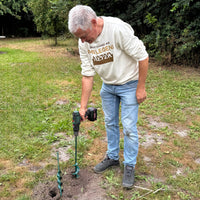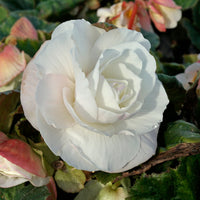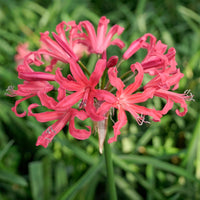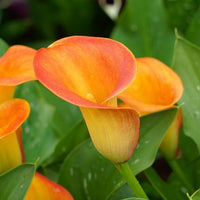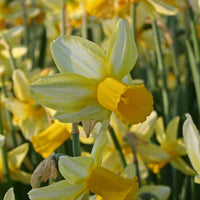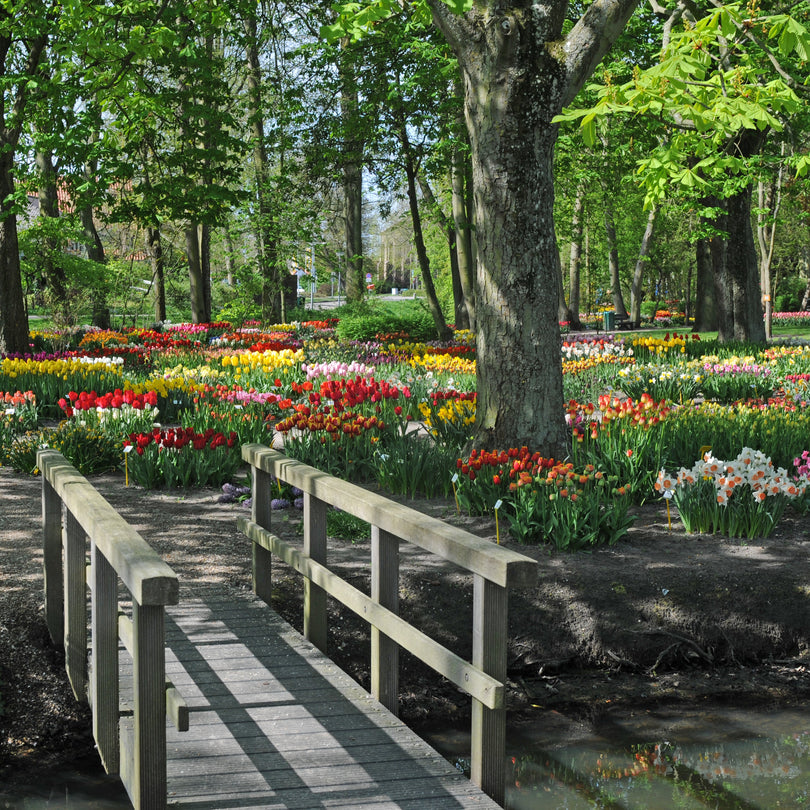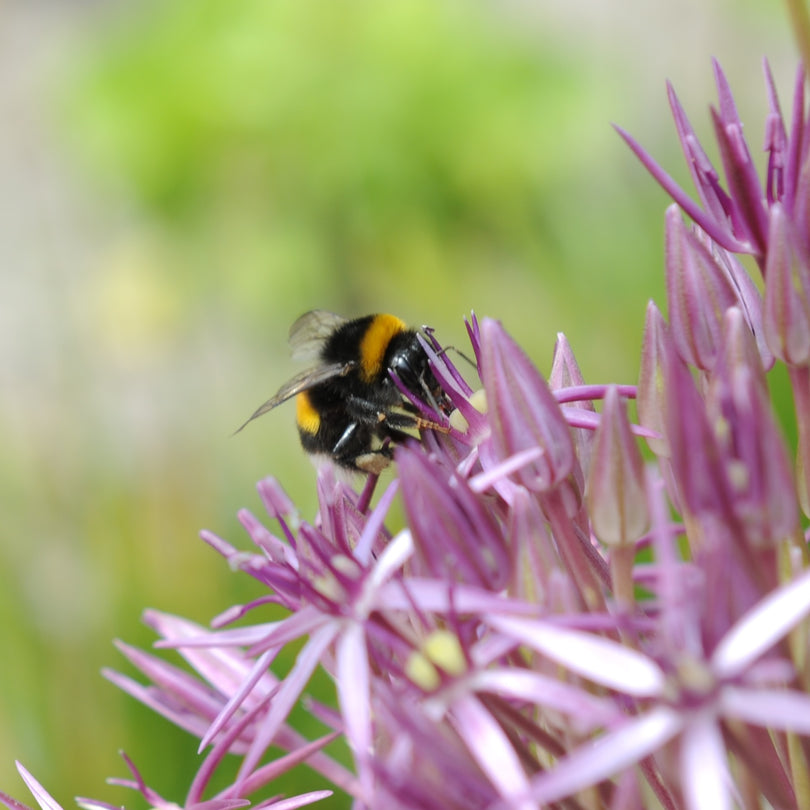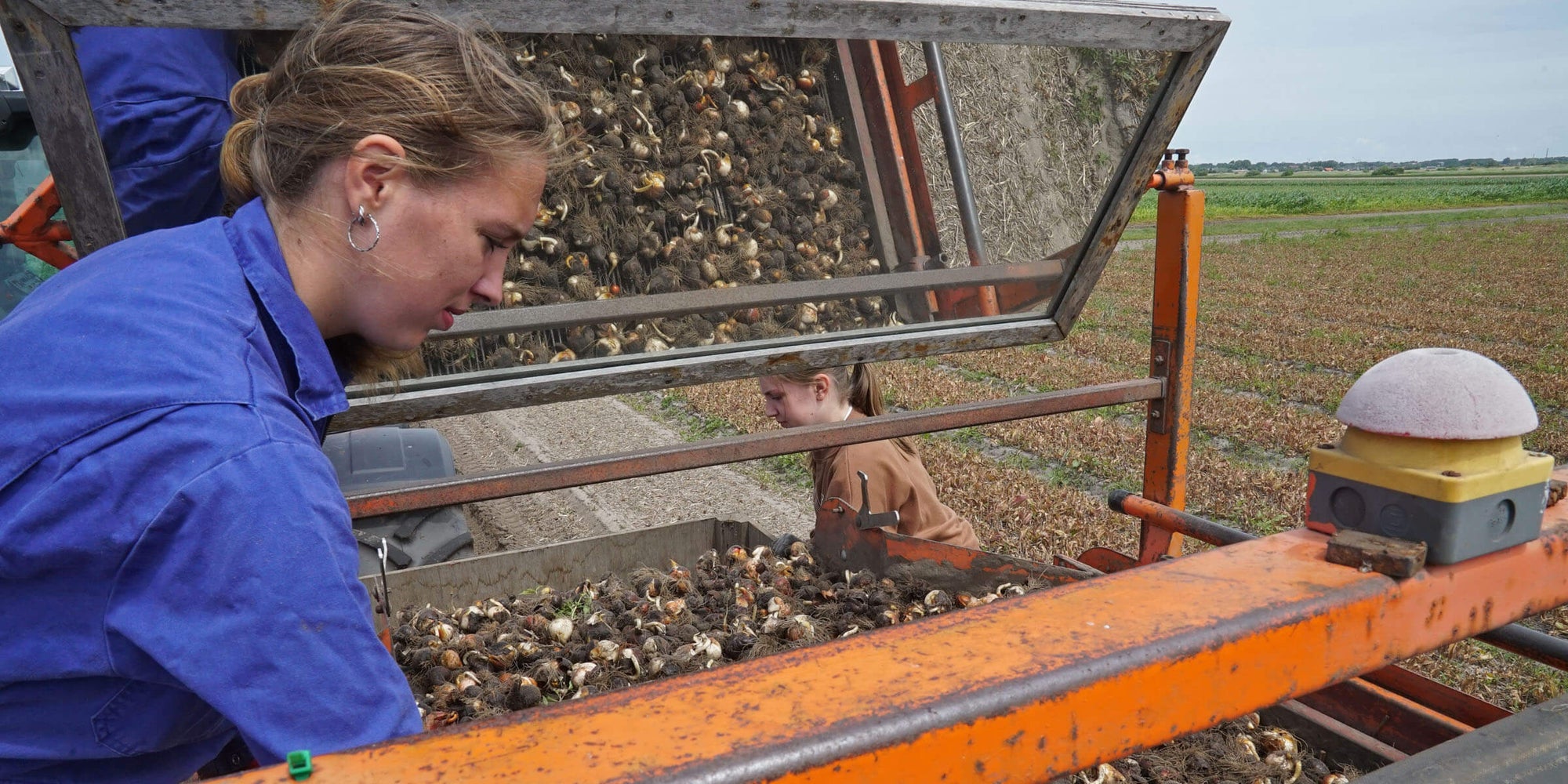ENERGY
This week, I would like to tell you more about a different part of Fluwel, one that does not really relate to flower bulbs as much as usual. We have the warehouse from where we ship out flower bulbs all over the world, and Land van Fluwel, our outdoor family park, where you can learn more about flower bulbs as well as spend time outside in the Dutch country.

But this week, we’re going into something else: Energy. Sustainable energy, to be a bit more specific. We don’t like to talk about this part too much, but my brothers and I are very preoccupied with being environmentally friendly and making sure that our business runs as sustainably as possible. We learned this behaviour young: my own father said things like “If we burn all the oil in the ground, the sky is going to turn black,” over forty years ago, when this was not yet as well-known as it is nowadays. He was also very concerned with waste and waste management. As you can see here, we were raised to care about the environment.

About twenty years ago, my brother Sigge started inquiring at different places if it would be possible for us to build a windmill by our house. Back then, this was not an easy question for the county: little was known about the impact of simply placing a windmill on someone’s property. But in this case, persevering worked out, and we got permission to build one. We went with an Enercon mill, the Rolls Royce among the windmills, as we were told. We added solar panels to the mix as well: at first on the roof of the warehouse, and later surrounding the mill as well. We gradually built it up. This probably makes you think: sure, that’s all nice and well, but if there is no sun and no wind, you’re still without your new sustainable energy source. And that used to be true, but it isn’t anymore: at the beginning of this year, we completed the setup with a 2 megawatt battery that charges itself when the weather is good, so that we can use that when there is no wind or sun to provide for us.
From reactions I get from friends and family, I know that these numbers don’t necessarily mean a lot to you, so I am going to try and explain how much energy our setup actually gives us.

The battery we placed has a power of 2 megawatt-hour, the windmill of 2,3 mwh, and the solar panels together have 4 mwh. You also have to know that 1 megawatt equals 1000 kilowatt, and 1 kilowatt is 1000 watt. But I am going to use apples as a metaphor when talking about the next bit, because the megawatts are always a bit confusing.
So, we see our battery as having 2000 apples every hour. The windmill makes 2300 apples every hour, and the solar panels make 4000.

1 apple is 1 kilowatt-hour, and therefore, 1000 Watt. We’re going to do some more math with the apples now.

The Netherlands in its entirety consumes 122.000.000.000 (122 billion) apples every year. The Netherlands has 17.500.000 inhabitants. If you share the apples among the inhabitants equally, it means that every individual gets 7000 apples per year.

But wait! Did you not read somewhere that an average household (in the Netherlands, in this case) uses only about 5000 apples per year, and a household has more than two people in it, so where does that go wrong, then? Those numbers are not the same at all, right? That is right, and this is also the thing that most ‘sustainable’ companies like to boast about: “We provide enough clean energy for X amount of households!” and they are not wrong, but they are also omitting a very obvious truth, which is that the country is not made up of households only. The coffee you order, the hospital and all its machines, the memory of a computer cloud, the flower shop, the air conditioning at work, the frozen foods section in the supermarket… everything, literally everything, we use to live in a rich country, whether in Europe of somewhere else in the world, needs energy to be open and operated. If you only look at the households to see how much energy is consumed, it paints an unfair and also downright wrong picture of the situation. The services we share among us, from the x-rays they take in hospitals to the streetlights that get you home safe at night, are just as important as the heating in our own house.
If you look at the total picture like this and consider all those services to be shared somewhat equally by everyone, every inhabitant of The Netherlands uses 7000 apples per person.

The total sum of apples Fluwel produced in 2022 was 10.860.000. That is enough to sustain the life of 1550 people. We can even get the apples to the people without sun and wind, because the battery keeps them in store for them. The 2000 apples in the warehouse can sustain 1550 people for 15 hours if need be, and where we live, you never go fifteen hours without either sunlight or wind. One of the two always shows up in time. So we can reasonably say that with our energy setup, we can facilitate the entire village of Petten, which is where we live.

And sure, I agree with you that a field with a few cows, sheep and lambs, wild flowers, etcetera, are way nicer to look at than one of those large mills surrounded by solar panels, but we also feel that we should sometimes use a small portion of the earth in order to be able to quit using oil, coal, and gas, which is far more polluting. You only need 2 hectares of land that contains a windmill, solar panels, and a battery, and you can sustain a village of 1500 people, and that is including their local supermarket, family physician, and streetlights.

I hope I have been able to paint a clear picture for you. The amount of energy 1 apple symbolizes here was 1 kilowatt-hour. On a small scale, one apple is enough to keep 1 lamp of 100 watts going for 10 hours. Kettles are often 2000 watts, so one apple could potentially keep water boiling for a full half hour.

I think I am going to wrap up my explanation here. I hope I have been able to tell you more about the sustainable goals of Fluwel. We have been very focused on expanding this part of our business, especially since we got that battery. The battery makes the whole thing much more reliable, as it fully charges when the weather has good circumstances to produce energy, and then that energy gets distributed once the weather is less than ideal. It really is a good buffer to keep the local power network balanced. I hope you’ve learned something new this week.
Kind regards,
Carlos van der Veek
